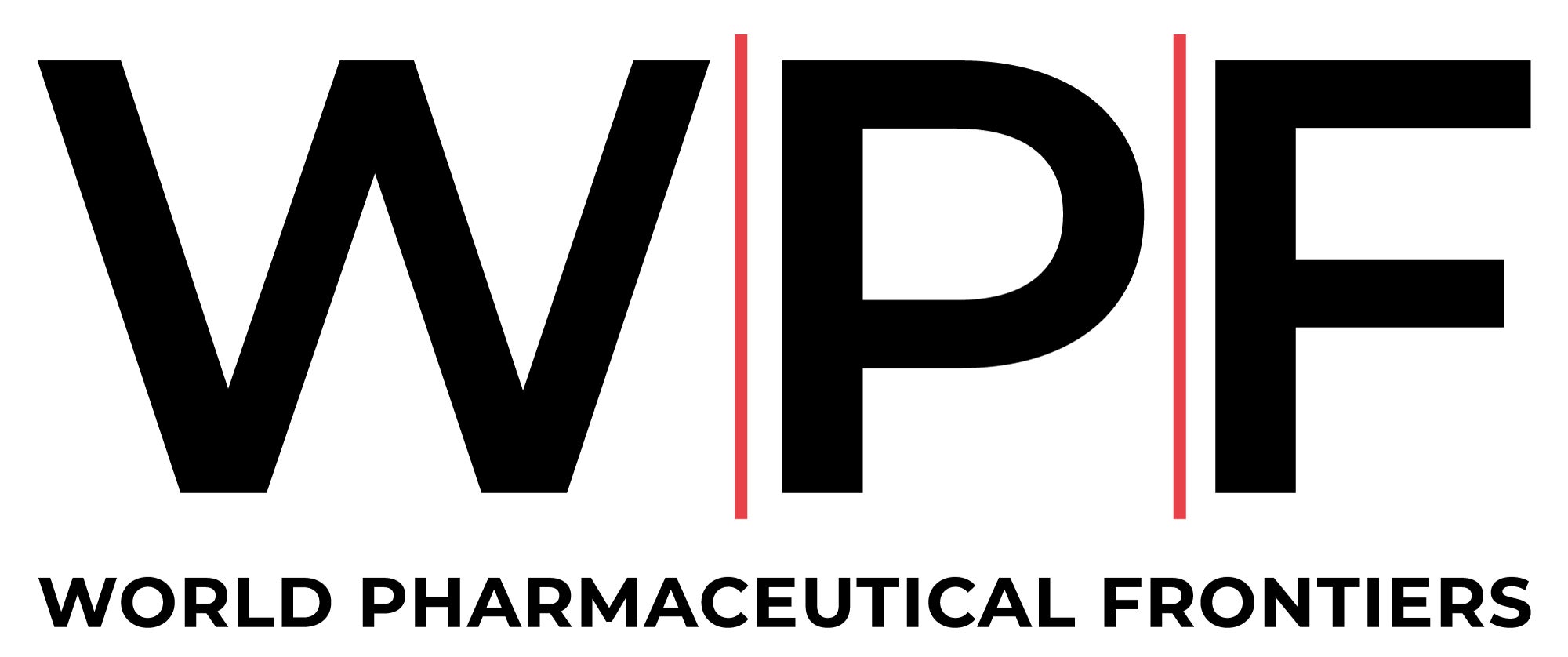
In today’s pharmaceutical landscape, outsourcing to third parties has become the norm. A pharma company might entrust their manufacturing services to a contract development and manufacturing organisation (CDMO) or offload their research to a contract research organisation (CRO). Doing so enables them to focus on their own areas of expertise, while benefitting from their partner’s niche know-how, specialist equipment or regional presence.
With big pharma now outsourcing around half its R&D activities (or even more in the case of smaller companies), the trend isn’t going anywhere.
According to Grand View Research, the global biotechnology and pharmaceutical outsourcing market size stood at $46bn in 2023. It is projected to grow by 5.5% a year between now and 2030, to reach almost $70bn. It’s easy to see why this is happening. As drug development becomes more complex, it simply isn’t feasible for pharma companies (especially smaller biotechs) to perform all functions in-house. Equally, though, a highly fractured outsourcing market – populated by thousands of small, hyperspecialised service providers – probably isn’t sustainable. We’re seeing a concurrent trend towards consolidation, with a wave of mergers and acquisitions in the outsourcing space. You’ll often see larger CROs acquiring smaller CROs, or CDMOs merging with their rivals. However, the industry is also beginning to witness a more profound shift. That’s the rise of the CRDMO – contract research, development and manufacturing organisations, which provide a full-service offering under one roof.
“Integration is indeed a trend,” remarks Kevin Li, chief marketing officer at BioDuro-Sundia. “It can accelerate drug development and bring speed, lower risks and simplified vendor management to the customer. I see an increasing push towards integration, both from the CDMO world and from the customer side.”

End-to-end solutions
BioDuro-Sundia was itself formed by a merger between two companies: the CRO company BioDuro and the CDMO company Sundia. Since the two joined forces in 2020, they have provided fully integrated drug discovery, development and manufacturing across both active pharmaceutical ingredients (APIs) and drug products. Li notes that different types of service provider will approach the question of expansion in different ways. Classic CMOs (contract manufacturing organisations) may want to add a D (development) to that title, or move even further back into the research phase. Meanwhile, CROs may wish to expand from discovery to development, and then into clinical or commercial manufacturing.
“Whatever direction they are going in, a lot of companies want to expand their capabilities, to broaden their services, to create that synergy,” Li points out.
Jennifer Cannon, president commercial operations pharma services at Thermo Fisher Scientific, agrees. The shift towards CRDMOs, she says, reflects the need for accelerated timelines, agility, and flexibility in today’s complex drug development landscape.
“Companies face intense pressure to manage timelines and navigate regulatory demands without sacrificing quality,” she says. “While some suppliers are able to offer integrated services, the ability to provide end-to-end CDMO and CRO services is exceptional.”
Thermo Fisher Scientific has made several tactical acquisitions, with a view to offering just that. First came Patheon in 2017, a company with a longstanding history in drug manufacturing. This was followed by PPD in 2021, which added clinical research services to an already robust foundation.
“This shift created a unique, end-to-end solution that spans drug development, from early clinical research through commercial production,” says Cannon. “The integration of Patheon’s manufacturing strengths with PPD’s research expertise enables Thermo Fisher to provide continuity across development phases, offering customers real-time data visibility, risk management, and operational efficiencies across the entire drug life cycle.”
Thermo Fisher’s offering, she claims, exceeds the typical CDMO/CRO model, not least because it includes clinical supply chain and lab services. In fact, it more resembles a cohesive ecosystem than a series of standalone services.
“It allows customers to address key industry challenges, such as risk mitigation, cost management, and speed to market, while maintaining high standards for quality and compliance,” she says. “This model supports clients in achieving strategic goals across development and manufacturing in a unified way.”
Why opt for a CRDMO?
So why is integration such a buzzword in the CDMO/ CRO space? Part of it is the desire for simplicity – if a single provider can take care of everything, the pharma company doesn’t need to deal with multiple quality systems and multiple sites. There’s no need to conduct hand-offs between separate providers, which smooths the pathway from one stage to the next.
“Different teams tend to share a single quality system, which accelerates material transfer and knowledge sharing,” says Li. “The customer can greatly simplify their vendor management. Usually, these integrated projects have a dedicated project manager, so you have a single point of contact.”
Simplicity tends to come with time savings and cost efficiency. If development and manufacturing can be considered at the very earliest stages of research, these different activities are likely to be better aligned from the outset, which can accelerate time to market.
At BioDuro-Sundia, for instance, API teams and drug product teams often work in parallel. That means the latter can receive some API internally, to start work on a pre-formulation right away. Meanwhile, at Thermo Fisher Scientific, timeline reductions are achieved via centralised programme governance, along with cross-site databases and digital platforms.
“Our model brings an added level of responsiveness,” says Cannon. “Our real-time demand planning view offers us visibility across timelines and processes, allowing us to proactively mitigate risks and minimise project delays. This approach not only saves time but also allows for flexible and just-in-time decision making.”
$70bn
The amount that the biotech and pharma outsourcing market is predicted to reach by 2030, up from $46bn in 2023.
Grand View Research
A further advantage is better risk management. Outsourcing, however necessary, can be a risky endeavour. The more parties involved in a project, the greater the chance of errors, inconsistencies, and project delays. That’s not to mention the possibility of intellectual property leakage – something that becomes less likely when only one vendor is involved.
Changing client demands
Of course, while CRDMOs do offer some broad-brush advantages over their more disjointed rivals, the specifics will depend on their precise business model. And as Li points out, different CRDMOs will define their purpose in different ways.
BioDuro-Sundia, for instance, offers a full spectrum of drug discovery services, including medicinal chemistry, biology, pharmacology and drug metabolism and pharmacokinetics (DMPK). Within the manufacturing space, it covers everything from pre-formulation to commercial manufacturing.
“In terms of molecular modalities, we do everything from small molecules to biologics,” says Li. “On the formulation side, we mainly do oral formulations, along with solid, and we are aiming to develop new capabilities in injectables.”
Thermo Fisher Scientific, boasts a comprehensive service model, with expertise spanning complex formulation, solubility enhancement, cold chain manufacturing, clinical research services and patient recruiting, among others. It can handle drug formats ranging from small-molecule APIs to cell therapies, along with everything in between.
“The services we offer are crucial in today’s globalised and highly regulated environment,” says Cannon. “Uniting these services under one partner helps customers achieve a seamless flow from development to commercialisation and beyond.”
As ever, it comes down to what the customer is looking for. Li notes that BioDuro-Sundia’s services are especially popular with smaller biotechs. “Big pharmaceutical companies, on the other hand, have enormous resources internally, and they tend to outsource specific services,” he says.
In a more general sense, though, he thinks two trends are emerging, which could shape the outsourcing landscape for years to come. The first is the movement towards more complex therapies – away from the ‘low hanging fruit’ of small molecule drugs, to more complex modalities such as oligonucleotides and peptides. As pharma gravitates towards these molecules, they’ll need partners with deep and highly specialised expertise. Secondly, with geopolitical risks looming large, pharma companies are trying to find ways to alleviate their concerns.
“This is beyond our industry – there are a lot of politics involved,” says Li. “During Covid, we noted the supply chain became a huge challenge. Many customers are also concerned about the BIOSECURE Act, so they’re looking for companies free of geopolitical risk, just like us. We’re a US company with operations in China, so we can bring down the cost and bring up the speed while maintaining the US brand and global quality standard.”
Cannon says clients are increasingly concerned with flexibility, real-time data insights, end-to-end reliability, and savings. And while they need drug development, clinical research and manufacturing expertise, that’s only part of the equation.
“They also want clinical supply chain support, consulting and regulatory guidance services, comprehensive lab services, market access, and post-commercialisation expertise that ensures the integrity and compliance of their products worldwide,” she says. “Our investment speaks directly to these evolving needs.”
In short, the days of multiple, disconnected vendors may be numbered, with the industry moving towards more of a ‘one-stop-shop’. There may be a place for providers with highly specific competencies, but for many pharma companies and biotechs the thought of handing over a project to a single CRDMO partner may prompt a sigh of relief.





